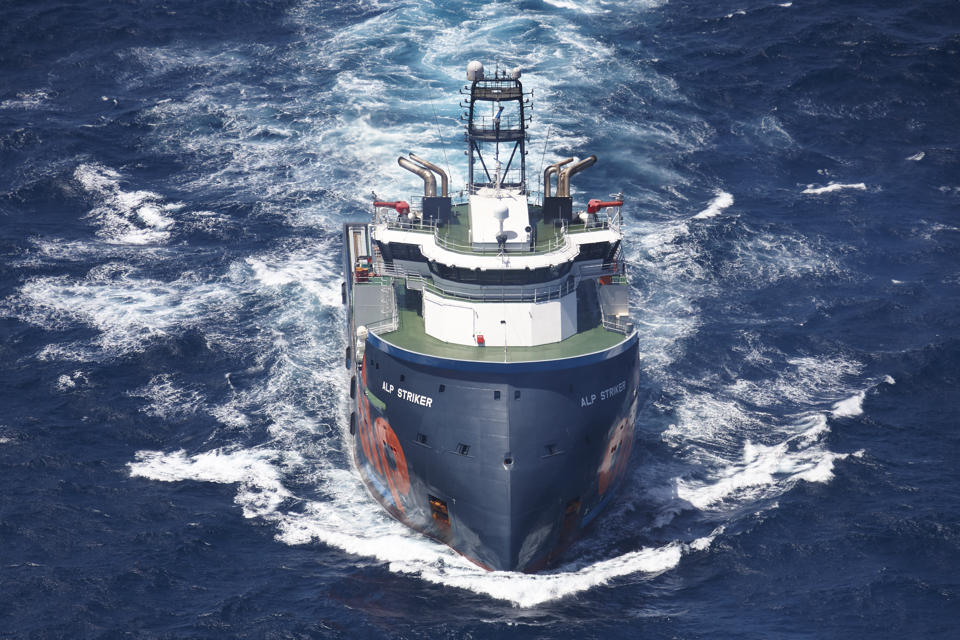Japan is still a large shipbuilding nation blessed with powerful shipowners and a large fleet. Under the pressure of the global shipbuilding market problems, Japanese yards have gone through a merger and contraction phase. Yet, they have still been able to maintain a sizeable market share. SWZ|Maritime’s December issue looks at Japan’s maritime industry in detail.
It was rather traumatic for the Dutch shipbuilding sector and other Western European shipyards when they were blown away by the Japanese competitors in the sixties and seventies. Yet, it were also the Dutch shipowners that ordered their newbuild ships from Japanese yards. And why would they not, when the Japanese yards offered good quality for sharp prices.
Like in the automotive industry, the Japanese shipbuilders taught a lot of Western shipbuilders that good quality can also be delivered on time and for a reasonable price. Nowadays, the Japanese shipyards are in a situation that is comparable to that in Europe. They now encounter fierce competition from the Chinese and South Korean shipbuilding juggernauts. And the Chinese and South Korean shipbuilders prove that there is still development possible in quality and price thereby beating the Japanese at their own game.
Cooperation Sought
Yet, the Japanese learn fast and, like in the second half of the nineteenth century, the Japanese once again seek cooperation with their former competitors in the Netherlands. Especially in our own country, we might not build that many big ships anymore, but we do still have a lot of naval architects and structural engineers. They are employed by engineering firms like GustoMSC or Groot Ship Design that develop ideas that can be very useful to the Japanese shipbuilders as well.
Japanese shipowners and shipbuilders also have to meet the challenge of a radical energy transition that forces them to turn away from the dependence on fossil fuels. The Japanese government has decided to start a huge programme for installing offshore wind energy. And GustoMSC is delivering the plans for the crane platforms the Japanese need for this.
Groot Ship Design, on the other hand, delivered the plan for a first electric bunker tanker. Reason enough for the editors of SWZ|Maritime to focus on the Japanese shipbuilding industry in relation with the Dutch maritime branch for our country special in the December issue of this year.
Topics covered in addition to an overview of Japan’s maritime industry, include the Soryu class submarine, the electric tanker designed by Groot Ship Design, the Dutch hydrogen centre and a travel report of the students of S.G. William Froude. In addition, our editor Sander Klos interviewed Kei Fujii, Managing Director of the Dutch office of Japanse shipping company MKC, about working in and with the Netherlands.
Read SWZ|Maritime’s December issue online now.
Picture: The ALP Striker, an idea of the Dutch ALP founders, designed in cooperation with the Dutch and Norwegian branch of Ulstein and built by Niigata Shipbuilding & Repair (cover picture SWZ|Maritime December 2019).








